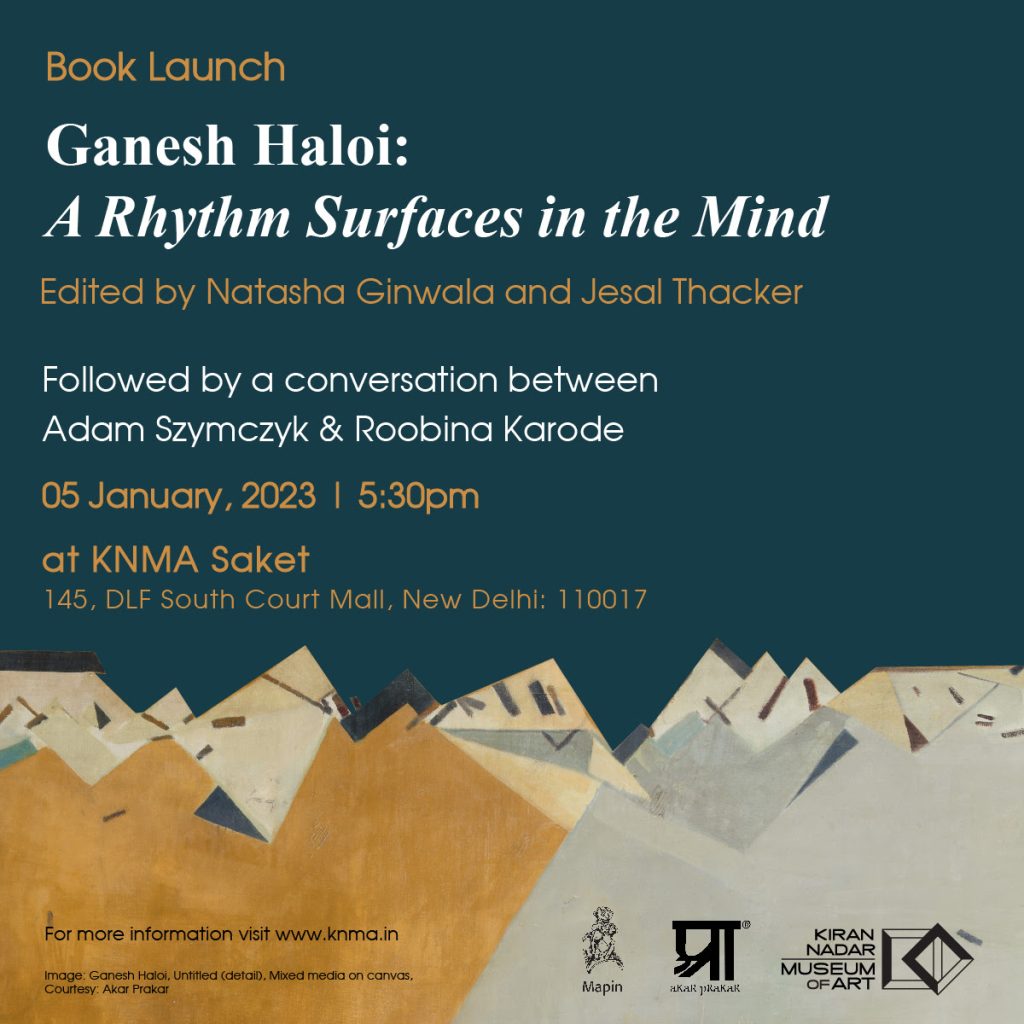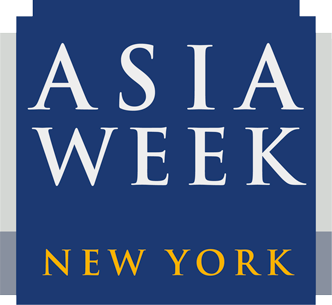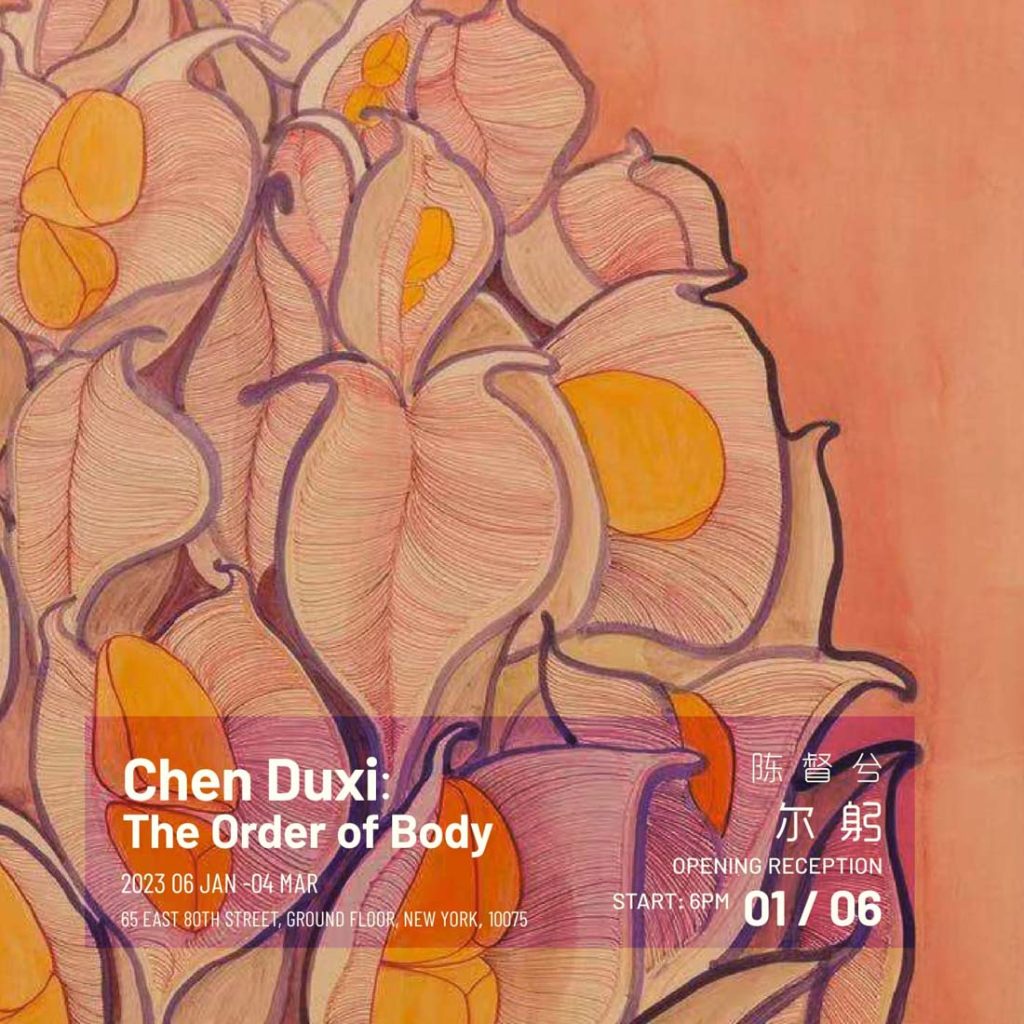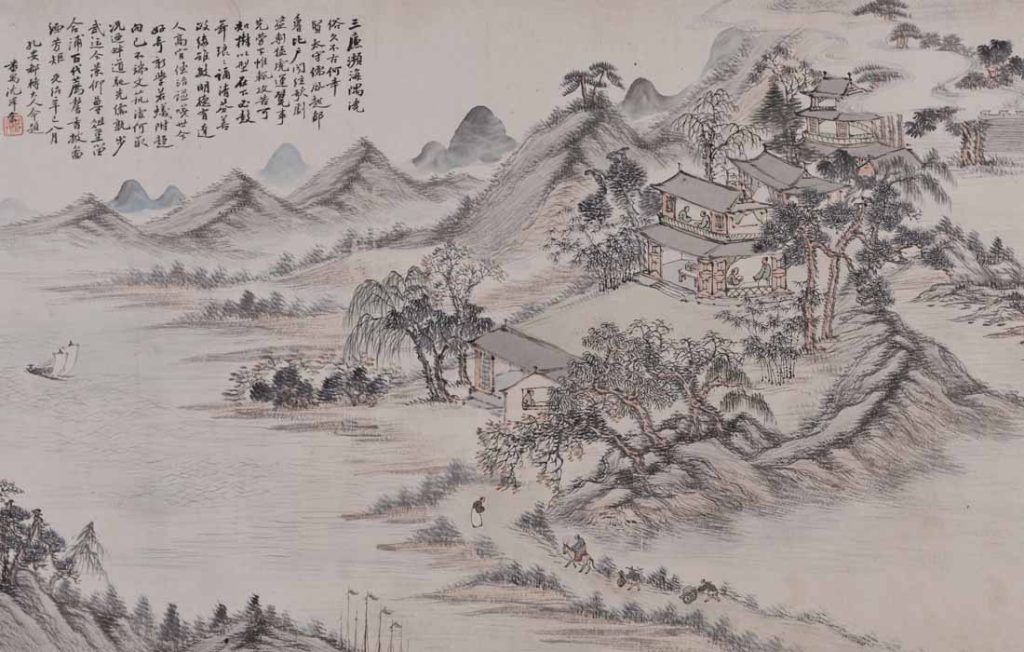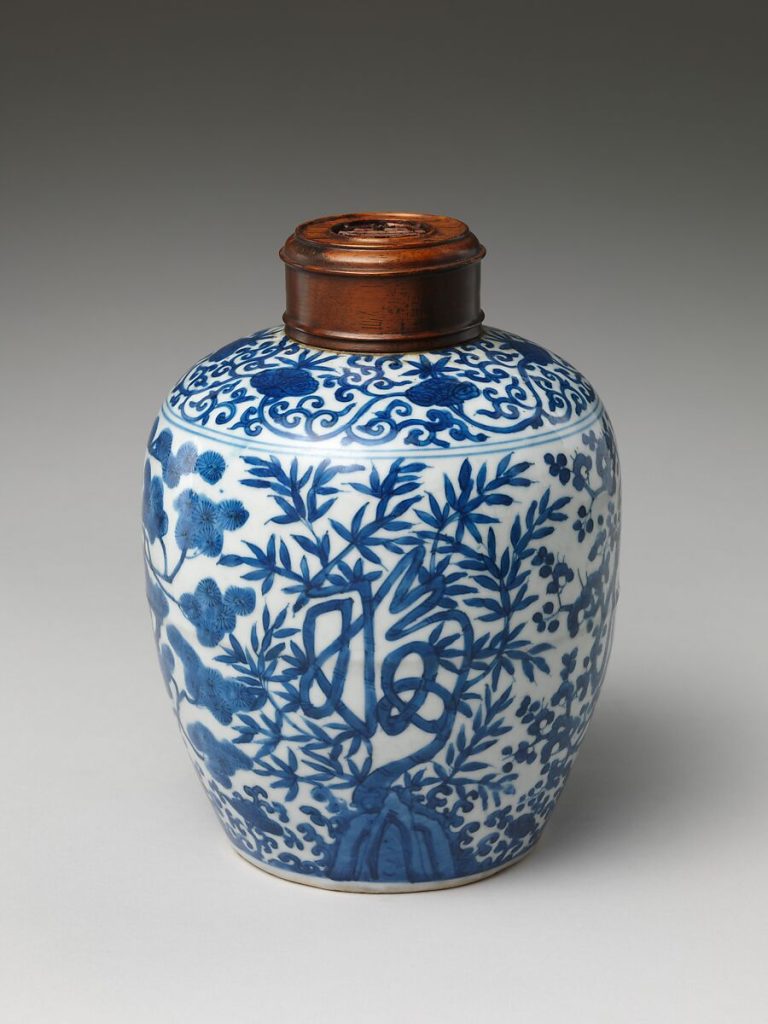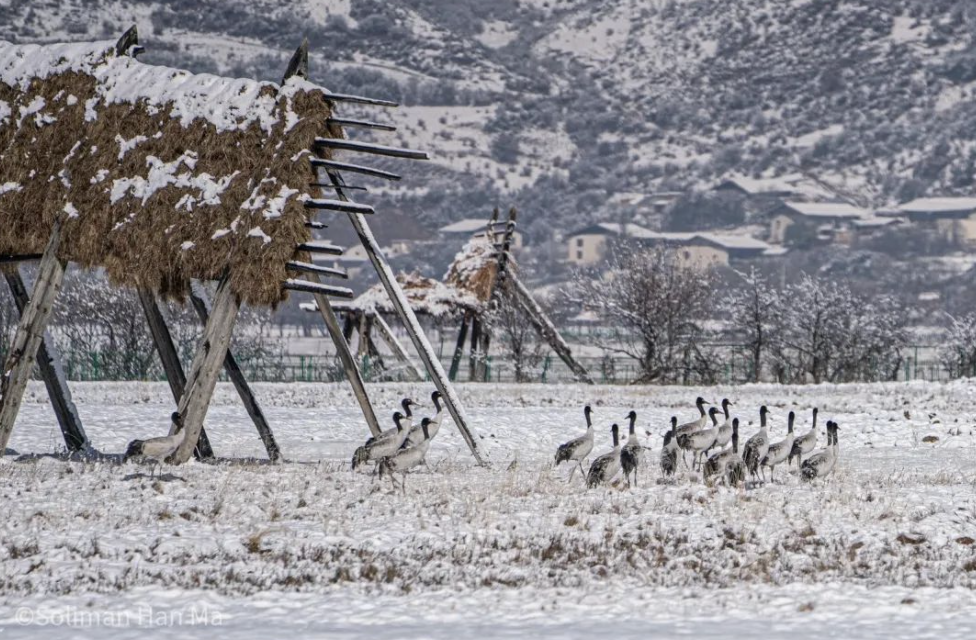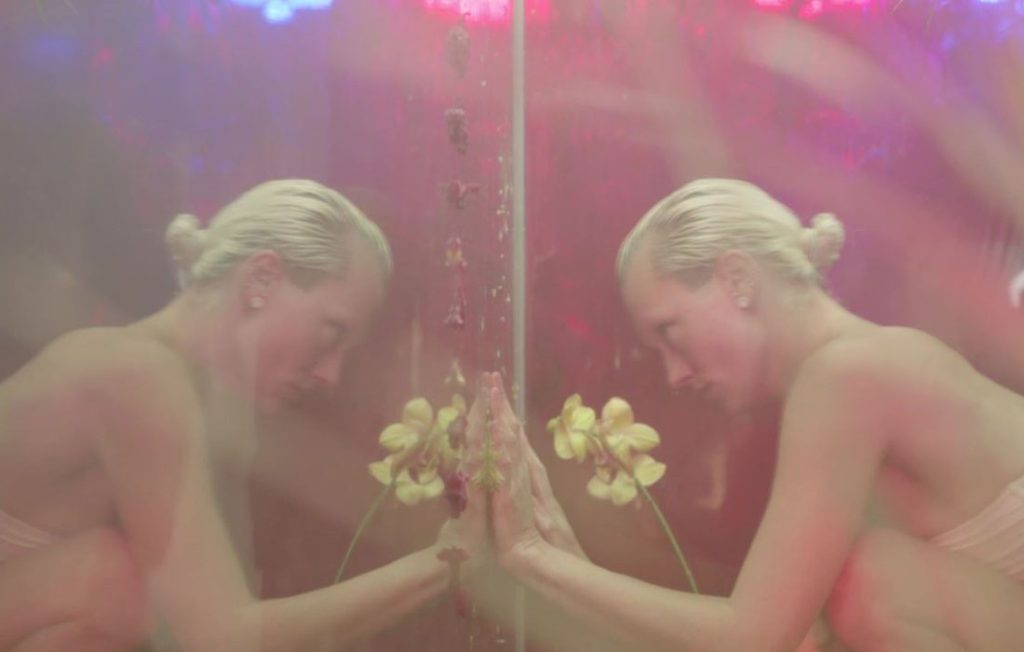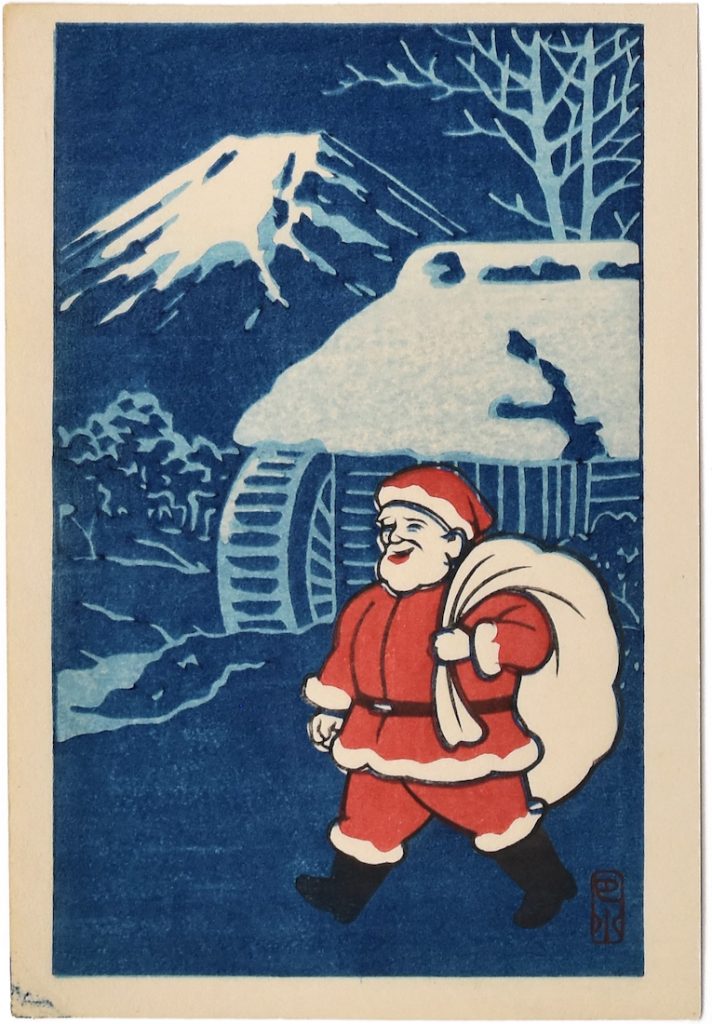Tianzhuo Chen, Trance, 2019 (video still), Two single-channel videos with sound (loop) Courtesy of the artist and BANK/MABSOCIETY. Image courtesy of the artist, BANK/MABSOCIETY, and Asia Society Museum, New York
Mirror Image: A Transformation of Chinese Identity
Asia Society New York
Concludes December 31, 2022
This exhibition presents 19 artworks by seven artists, born in mainland China in the 1980s. Belonging to what is referred to as the ba ling hou generation, they grew up in a post-Mao China shaped by the one-child policy and the influx of foreign investment. Comprising painting, sculpture, performance, installation, video, digital art, and photography, the exhibition reflects the dramatic economic, political, and cultural shifts the artists have experienced in China during their lifetimes.
The exhibition’s title, Mirror Image, refers to the double reflection at the heart of the exhibition. Rather than emphasizing their “Chinese-ness,” these artists’ respective practices are born of a contemporary China where Starbucks can be found in the Forbidden City and the internet permits them access—despite the obstacles of censorship—to a host of influences beyond geographical boundaries.
Participating Artists:
Tianzhuo Chen (born 1985 in Beijing, China; lives and works in Beijing)
Cui Jie (born 1983 in Shanghai, China; lives and works in Beijing, China)
Pixy Liao (born 1979 in Shanghai, China; lives and works in Brooklyn, New York)
Liu Shiyuan (born 1985 in Beijing, China; lives and works in Beijing and Copenhagen, Denmark)
Miao Ying (born 1985 in Shanghai, China; lives and works in Shanghai and New York City)
Nabuqi (born 1984 in Inner Mongolia, China; lives and works in Beijing, China)
Tao Hui (born 1987 in Chongqing, China; lives and works in Beijing, China)
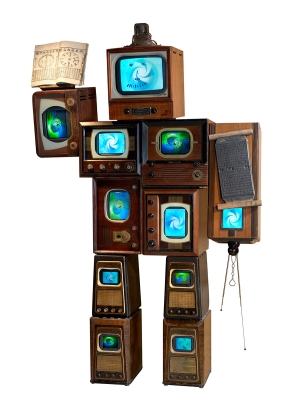
Nam June Paik, Li Tai Po, 1987, Ten antique wooden TV cabinets, 1 antique radio cabinet, antique Korean printing block, antique Korean book, 11 color TVs H. 96 x W. 62 x D. 24 in. (243.8 x 157.5 x 61 cm), Duration: Continuous loop, Gift of Mr. and Mrs. Harold and Ruth Newman, 2008.2. Photograph © Bruce M. White, 2014
Visionary Legacies: A Tribute to Harold J. Newman
Concludes December 31, 2022
This exhibition celebrates Hal Newman (1931-2021) who, with his wife Ruth, endowed Asia Society Museum’s Collection of Contemporary Asian Art with a seminal gift of some 30 artworks in 2007. Works by eight artists and one artist collective featured in the exhibition represent Hal’s eye and passion for art that pushes the boundaries in Asian and Asian American contemporary art.
In 2007, Asia Society Museum inaugurated its contemporary art collecting program with a significant gift from Mr. and Mrs. Harold and Ruth Newman. Their largesse provided the means for the Museum to acquire thirty-four objects by twenty-two artists from eight countries—including iconic video works by Cao Fei, Dinh Q. Lê, Yoko Ono, Nam June Paik, Koki Tanaka, and Yang Fudong, among many others—and develop a solid foundation for its contemporary collection. The Newmans’ gift also provided the Museum the opportunity to collect new media artworks at the highest level, following the precedent of connoisseurship set by John D. Rockefeller 3rd’s gift of traditional Asian art to the Museum. In memory of our beloved Trustee and friend, this exhibition serves to celebrate the Newman family’s legacy of commitment to Asia Society with this selection of highlights from the Harold and Ruth Newman New Media Collection, an integral part of the Asia Society Museum Collection. This show is curated by Michelle Yun Mapplethorpe, Vice President for Global Artistic Programs & Asia Society Museum Director.
